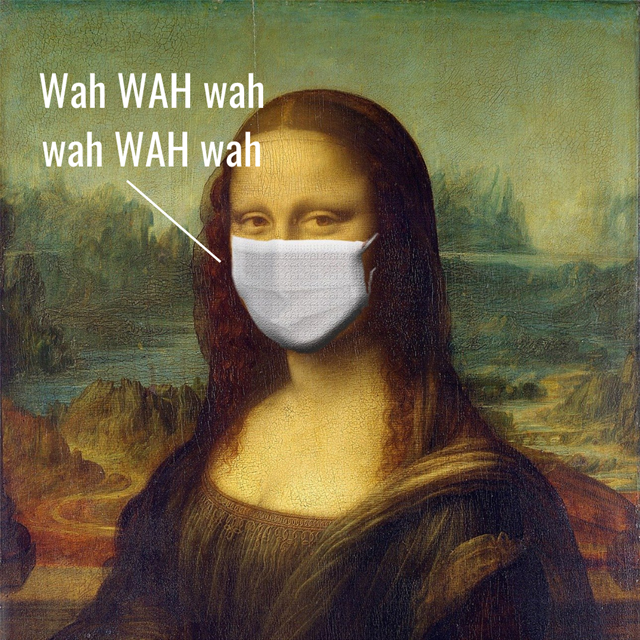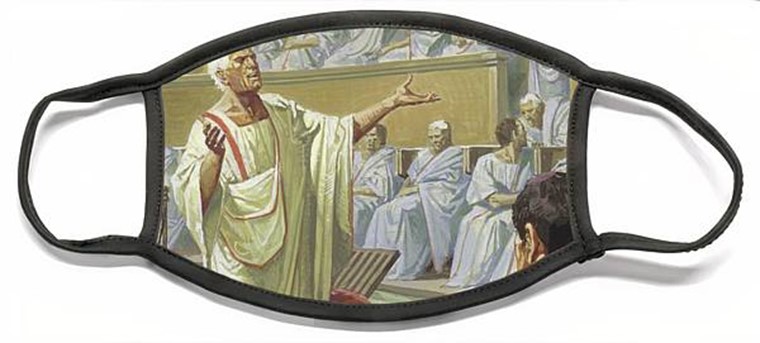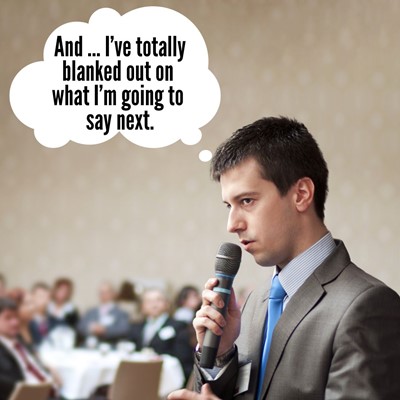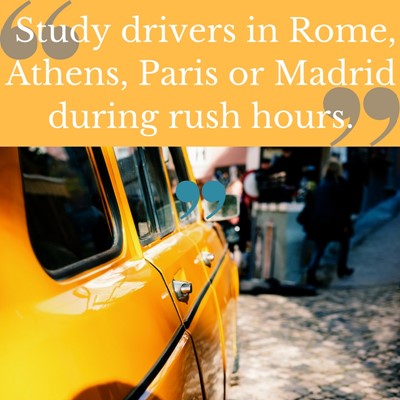
We are committed mask wearers and social distancers at The Buckley School—and perhaps you've experienced some of the same minor frustrations we have when trying to speak from behind the mask.
"When I make the rare trip to the grocery store, I struggle when I try to place an order in the meat department. Those poor people can never understand me. I wind up ordering the way I ask for directions in a foreign country—using lots of pointing and body language,” says The Buckley School's Jenny Maxwell.
"I've never felt more like Charlie Brown's teacher," says Buckley director Karen Kalutz.
We tell our public speaking students that audiences not only listen to but also read the speaker. It's why we've asked people to pull their hair back from their faces. Mr. Buckley even used to encourage men to trim back facial hair to better show their lips, all in order to make it easier for a speaker to be understood.
So masks not only muffle sound, they take away some of those visual cues our listeners are counting on.
What to do?
Dr. Patricia Johnson, a professor of speech and hearing at UNC School of Medicine says there's one thing you shouldn't do. Don't shout. "Shouting can make it worse even though that's our first instinct when we're trying to help someone hear," she says, in an article published by UNC Health Talk.
She also explains how our masks do more than muffle:
The physical barrier actually changes the sound waves that are reaching your ear. High pitches aren't able to make it through the material, so you start losing access to consonants, particularly "f," "s," "sh," "th," which carry a lot of the weight in the clarity of the words that we hear.
 Jenny Maxwell managing to order salted caramel brownies despite her mask.
Jenny Maxwell managing to order salted caramel brownies despite her mask.
With that information in mind, you might have better results if you:
Speak more precisely. Mushy diction is a common problem when public speaking is mask-free. Take your time and enunciate every consonant when you're wearing a mask and you'll have a better shot at being understood. You might also wind up being a better presenter without a mask, too.
Slow down and pause. It's easier to articulate every word when you’re not rushing. Pausing gives your listener a chance to decode what you just said, before you move on to the next thing. (And yes, we beg our public speaking students to control their pace and pause—so here's another skill that speaking-while-masked can help you build.)
Use the nonverbal communication tools you do have. Gestures, expressions with your eyes and eyebrows, body language—those can help support what you're trying to say, just as they do when you're speaking from the stage.
 Yes, there are masks featuring your favorite orators. Scroll down for the link.
Yes, there are masks featuring your favorite orators. Scroll down for the link.
Learn More
Here's information on scientific experiments to measure how face masks change the way you sound…and you may be surprised by the findings.
This article from The Atlantic "Wear Your Marks and Stop Talking" makes the public health case for saying less and keeping your volume in check.
And if you'd like a face mask that features your favorite orator, check out this selection.






